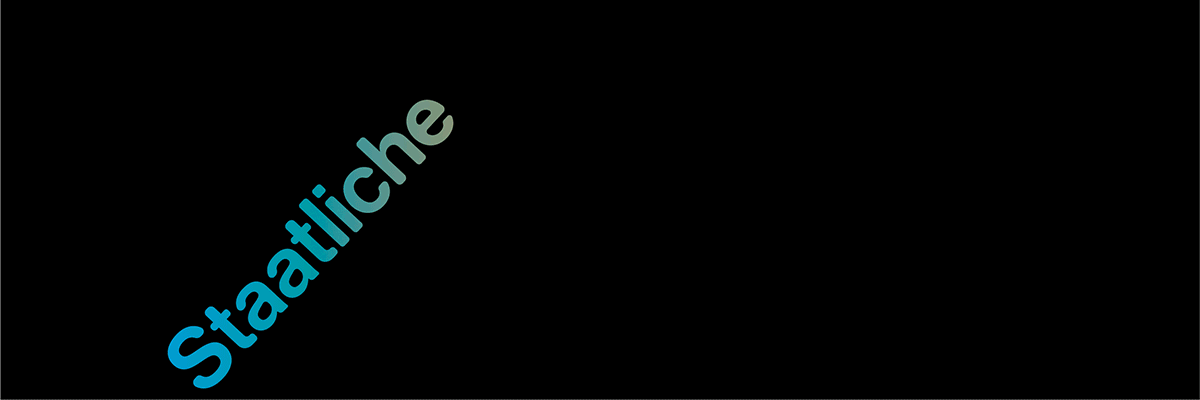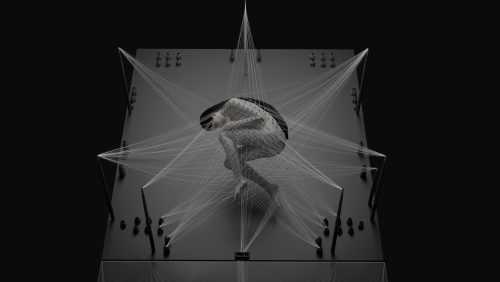
Lena Henke
Dark Glasses

Lena Henke, Dark Glasses, 2024, Installation view, Layr Singerstraße, Vienna
Advertisement

Lena Henke, A hard shoulder I, 2024, Car tires, dimensions variable
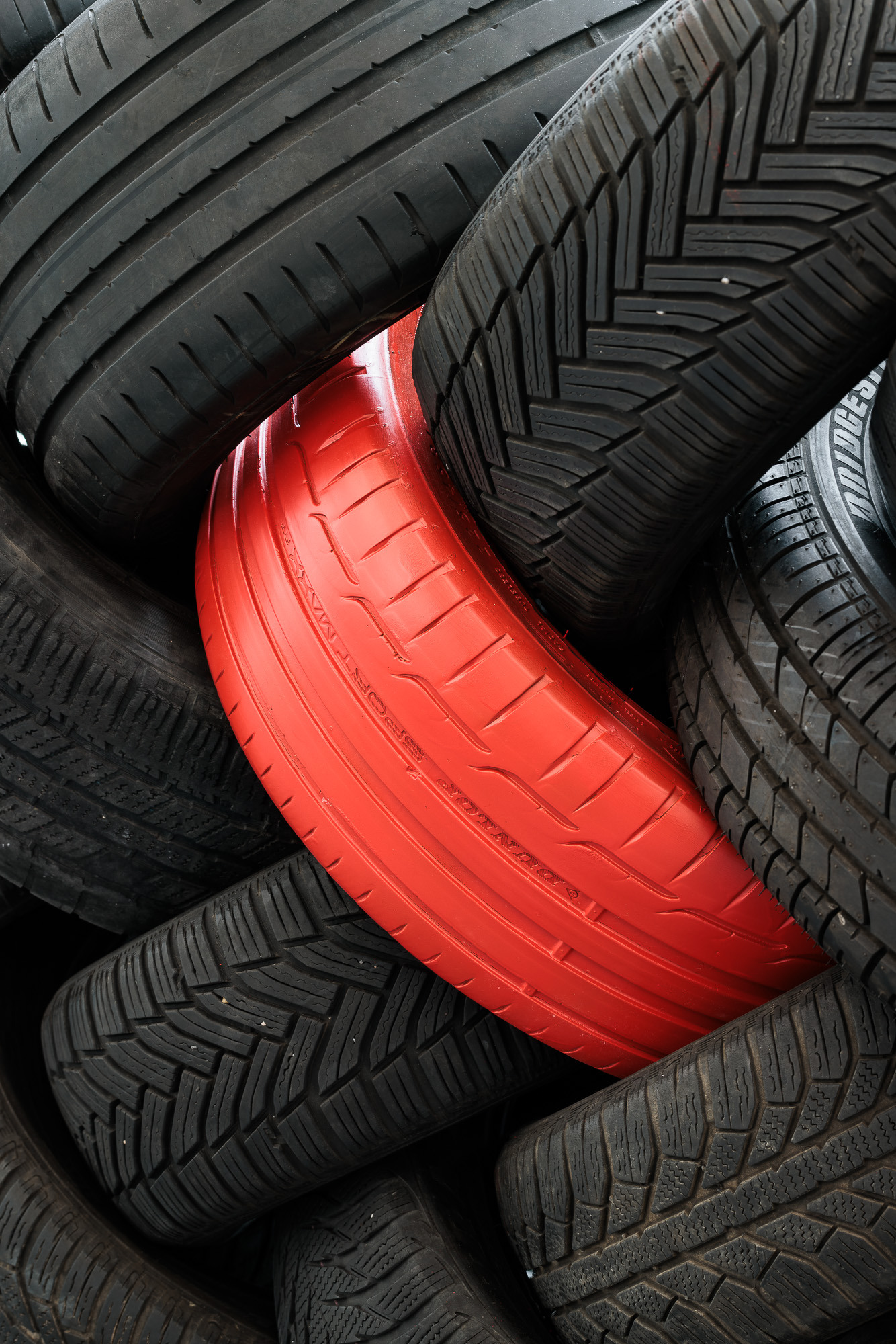
Lena Henke, A hard shoulder I, 2024, Car tires, dimensions variable
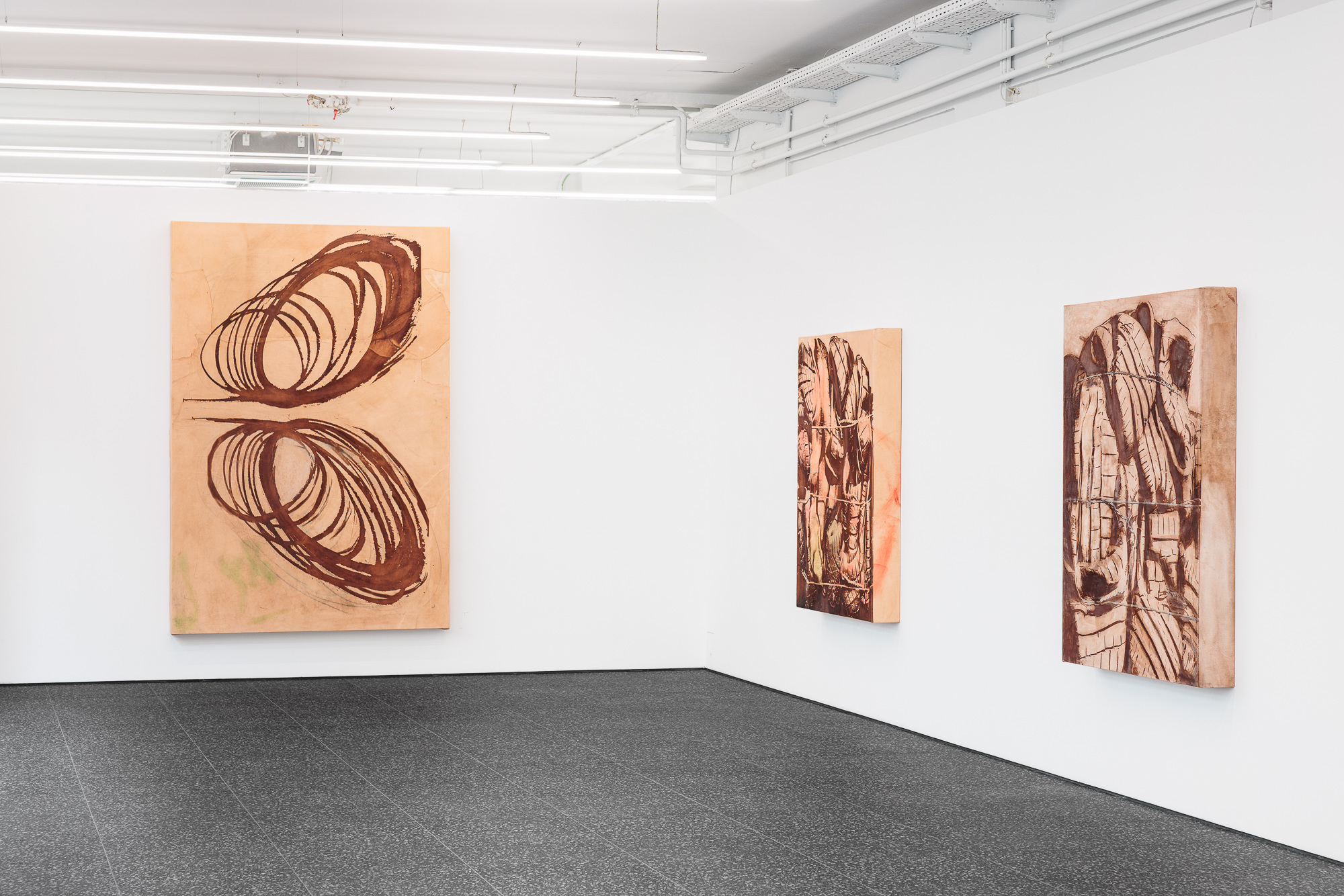
Lena Henke, Dark Glasses, 2024, Installation view, Layr Singerstraße, Vienna
![Lena Henke, Combustions 18 [Two Wheeler], 2024, Laser etched leather, pigment on wooden panel, 250 × 170 × 15 cm](https://backend.kubaparis.com/submissions/2024/04/17/Dark-Glasses/2024_04_08_Layr_00159_web.jpg?v=1713351996)
Lena Henke, Combustions 18 [Two Wheeler], 2024, Laser etched leather, pigment on wooden panel, 250 × 170 × 15 cm
![Lena Henke, Combustions 18 [Two Wheeler], 2024, Laser etched leather, pigment on wooden panel, 250 × 170 × 15 cm](https://backend.kubaparis.com/submissions/2024/04/17/Dark-Glasses/2024_04_08_Layr_00173_web.jpg?v=1713351996)
Lena Henke, Combustions 18 [Two Wheeler], 2024, Laser etched leather, pigment on wooden panel, 250 × 170 × 15 cm
![Lena Henke, Combustions 18 [Two Wheeler], 2024, Laser etched leather, pigment on wooden panel, 250 × 170 × 15 cm](https://backend.kubaparis.com/submissions/2024/04/17/Dark-Glasses/2024_04_08_Layr_00183_4_web.jpg?v=1713351996)
Lena Henke, Combustions 18 [Two Wheeler], 2024, Laser etched leather, pigment on wooden panel, 250 × 170 × 15 cm
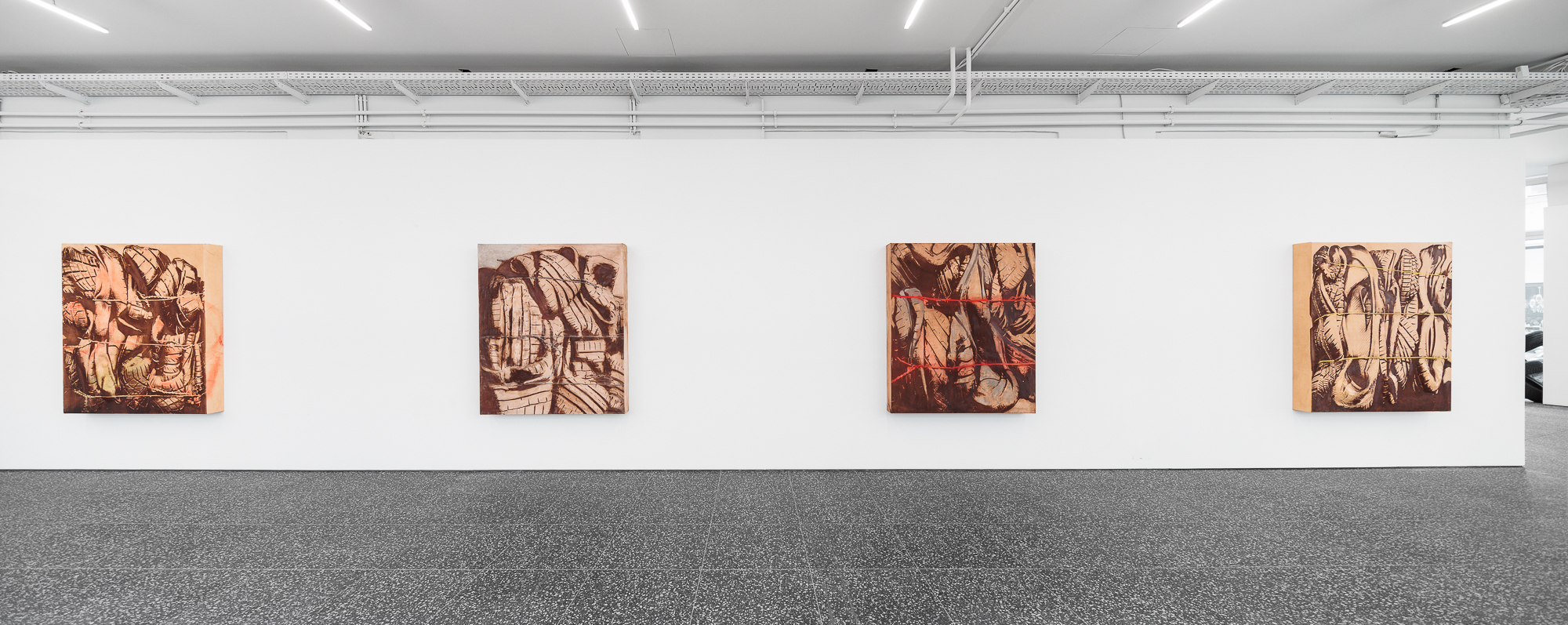
Lena Henke, Dark Glasses, 2024, Installation view, Layr Singerstraße, Vienna
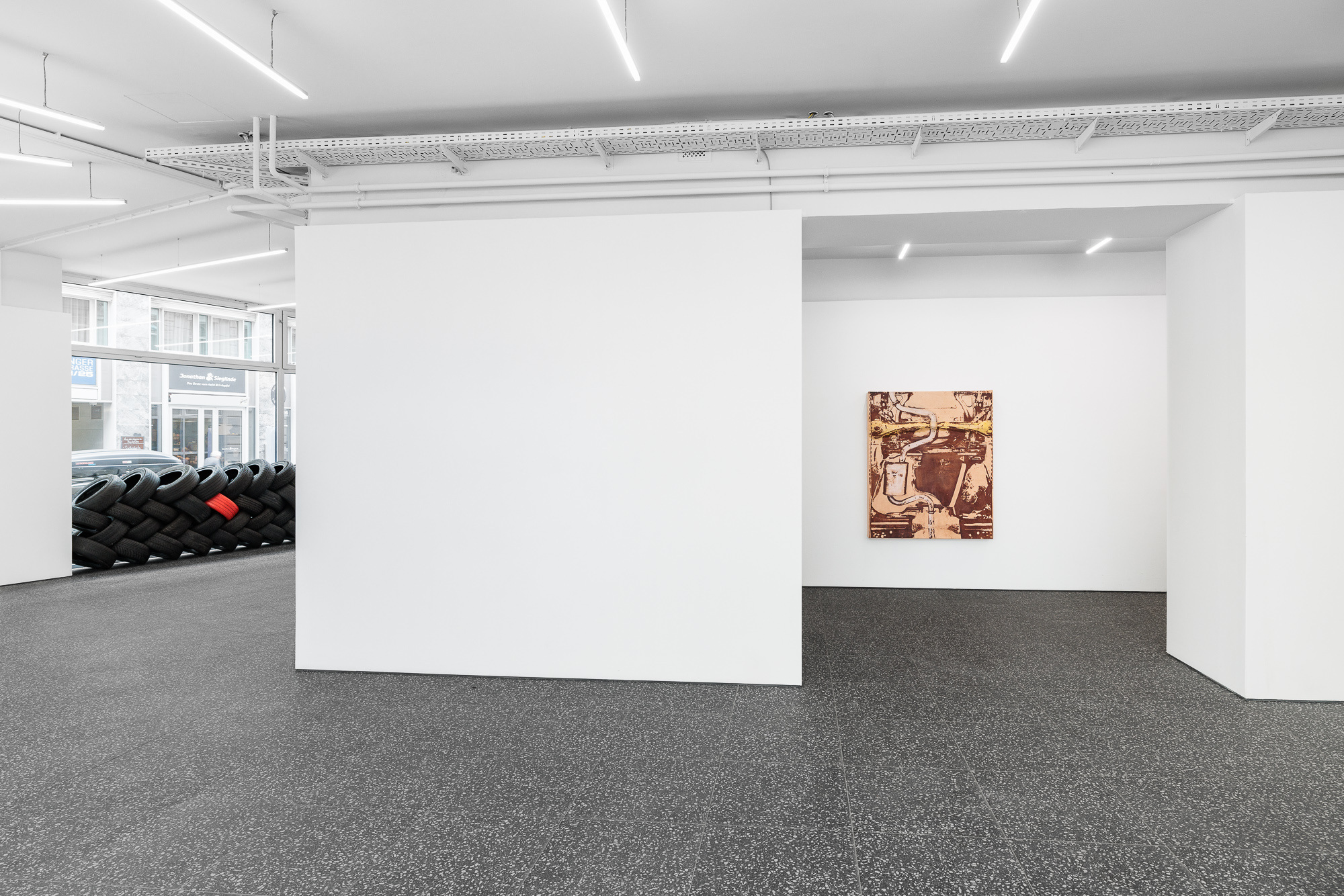
Lena Henke, Dark Glasses, 2024, Installation view, Layr Singerstraße, Vienna
![Lena Henke, Combustions 19 [The belly of my car], 2024, Laser etched leather, pigment on wooden panel, 150 × 125 × 15 cm](https://backend.kubaparis.com/submissions/2024/04/17/Dark-Glasses/2024_04_09_Layr_00023_web.jpg?v=1713351998)
Lena Henke, Combustions 19 [The belly of my car], 2024, Laser etched leather, pigment on wooden panel, 150 × 125 × 15 cm
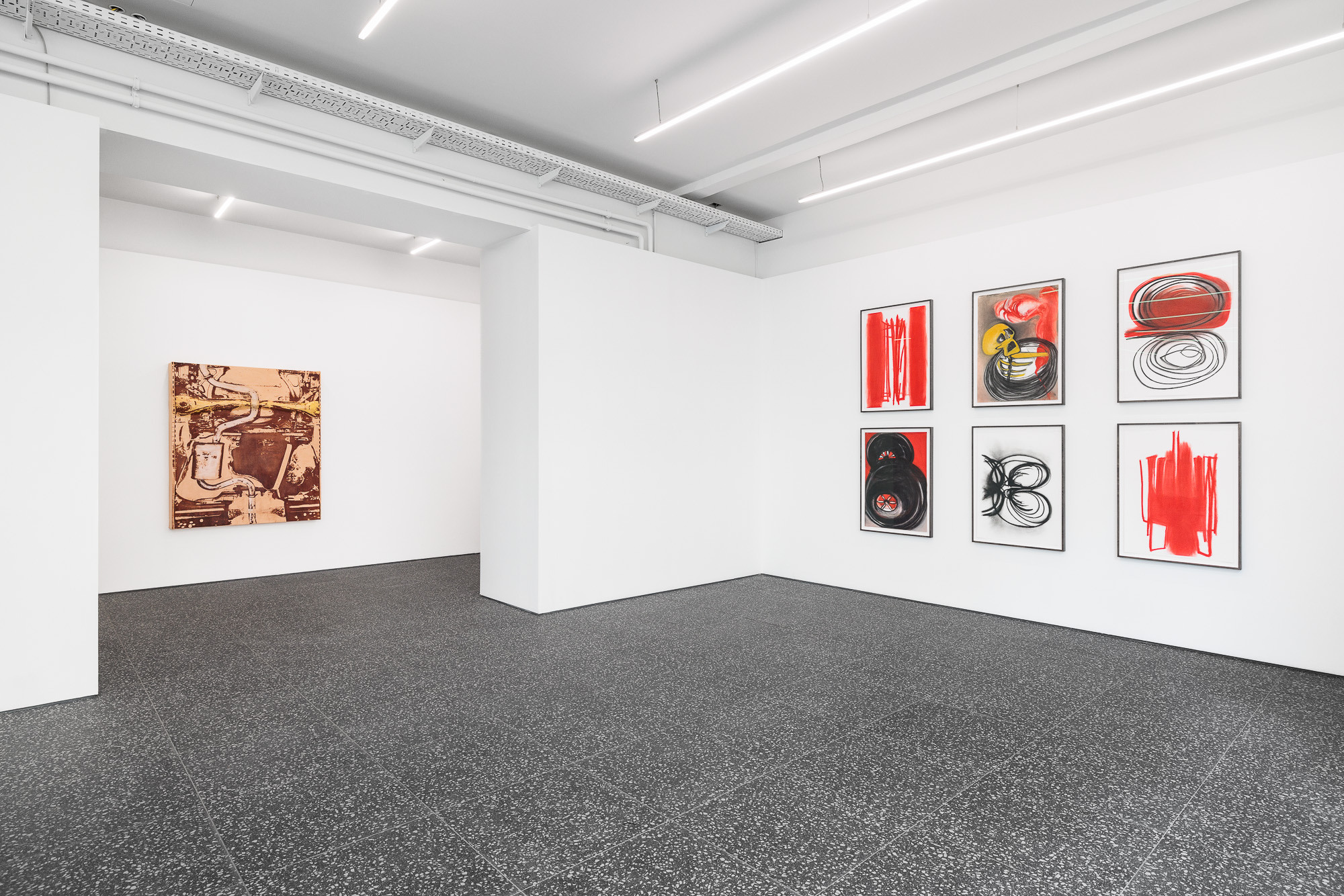
Lena Henke, Dark Glasses, 2024, Installation view, Layr Singerstraße, Vienna

Lena Henke, Dark Glasses, 2024, Installation view, Layr Singerstraße, Vienna

Lena Henke, Dark Glasses, 2024, Installation view, Layr Singerstraße, Vienna

Lena Henke, A hard shoulder III, 2024, Car tires, dimensions variable
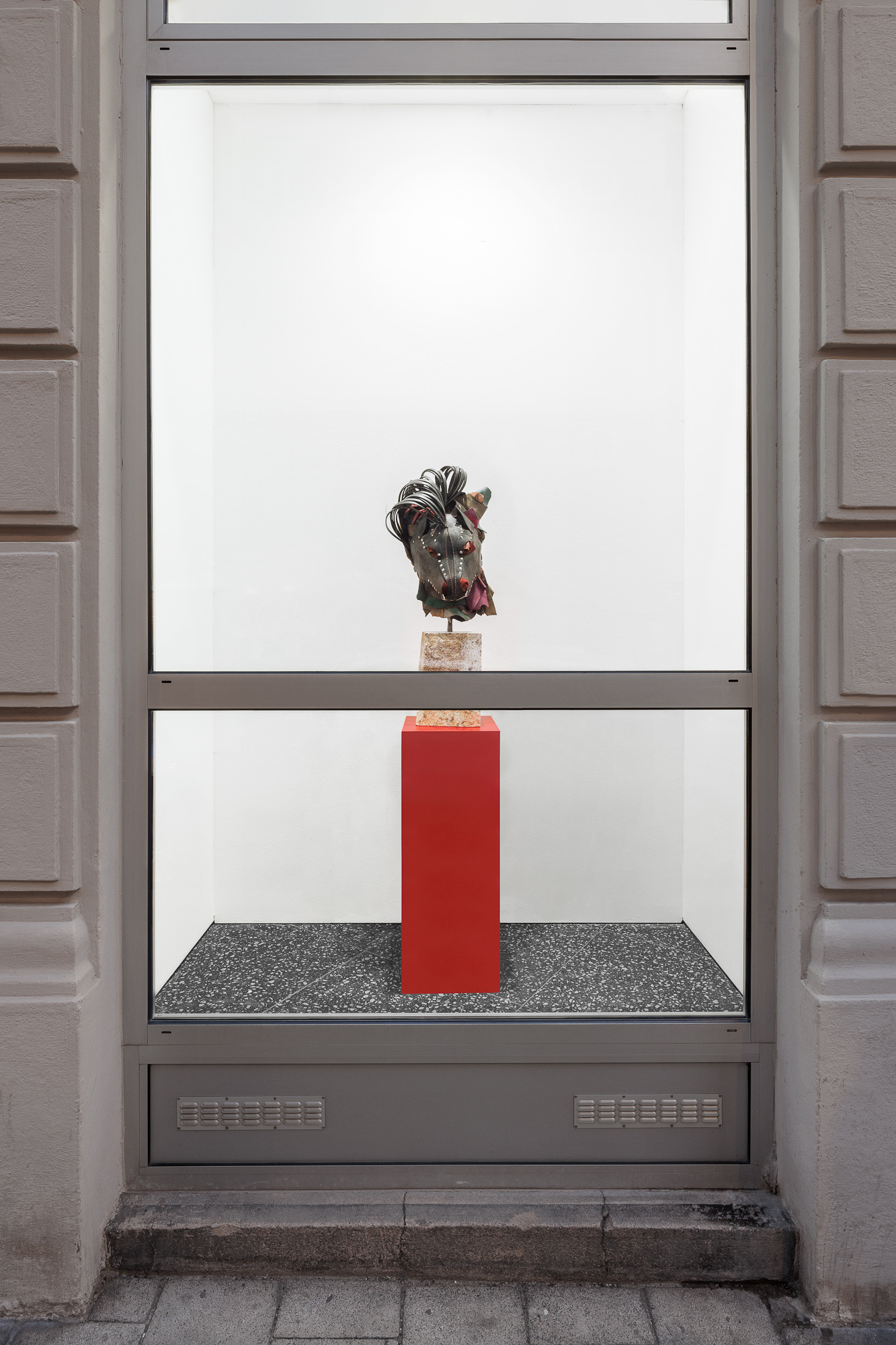
Lena Henke, Memory of a Young Sculpture XO, 2024, Soldered and boiled leather, pigment and steel mounted on Austrian granite, on wooden pedestal, 30 × 30 × 167 cm
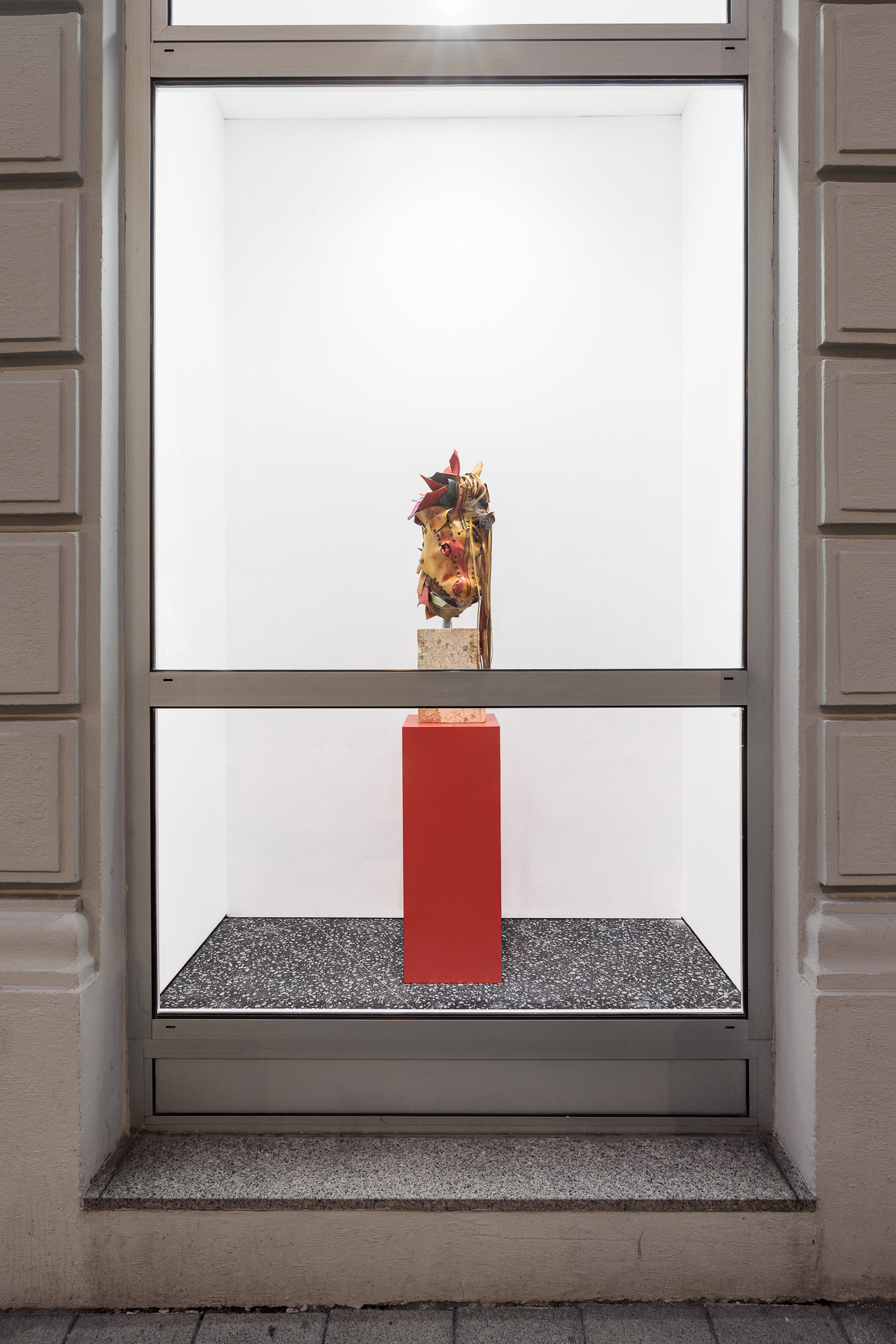
Lena Henke, Memory of a Young Sculpture XO, 2024, Soldered and boiled leather, pigment and steel mounted on Austrian granite, on wooden pedestal, 30 × 30 × 167 cm

Lena Henke, Dark Glasses, 2024, Installation view, Layr Singerstraße, Vienna
“Just like the car, only very rarely do artifacts simultaneously bestow "incorporation" and "embodiment": we embody them, and we embody ourselves in them. This enticing, half-mystical, half-magical confluence of soul, body, and device contains the highest pleasure premiums imaginable for artifacts. This is what drives auto-fetishism.” (1)
Prelude
Imagine a motion, energy ascending from down to up and up to down.
At the bottom, you see the traces of a get-away: footsteps, high heels, horse hooves, small and big tires, perhaps overlapping. Where is she going?
From the street, what looks like a tightly knitted net of discarded leather objects is placed in front of the former shopping windows, precluding the view into the gallery space. Two horse fetish masks displayed on red plinths–mystical figures of protection–occupy the small windows beside the entrance surprising passersby as if lurking. Feminine and masculine registers overlap, play, and mix. We, the viewers, are forced to raise our height, climbing on the tip of our toes, the objects' visual entanglement to the space architecture daring our sense of self. What is on the other side?
The Wall
Lena Henke’s exhibition Dark Glasses at Layr, Vienna, continues the artist's engagement with the complex power dynamics of identity and gender, interfacing with histories of art and architecture through appropriation, control, and submission.
Taking its title from Roland Barthes's A Lover's Discourse: Fragments, (1978) withdrawing from a multiplicity of literary references to explore the whimsical phenomenon of love, the exhibition unfolds Henke’s fascination with design objects, industrial processes, and natural materials to investigate and subvert pre-set concepts juxtaposed with autobiographical references.
Engaging with the spatial features of the gallery as an architecture of potentialities, the artist confronts visitors already from the outside with three walls of tightly interlocked recycled tires visible through the former supermarket display windows. Titled A hard shoulder I, II, III, (2024)–a word-play mix-hinting at the emergency stopping lane on the outer side of the road and the body muscles either pressured or stuck by too much movement–the tires are interlocked almost to reach human height. Partially obstructing the view, the installation prompts child-like curiosity creating a peekaboo game of hide and seek. The recycled tires–an object dear to the artist’s sculptural vocabulary–present signs and traces of usage, the encounter with the street warning down their manufactured features. Collecting almost 200 of them, all used but cleaned on the occasion of the exhibition, Henke has decided to paint a single one in bright red, a target, a sign, and perhaps a visual punctuation. At closer inspection we realize the paint has leaked into the space, shading in red and black the nearby leather objects, drawings and other exhibited works. Tires for Henke unfold a dichotomy: on one side, they play in the artist’s memory as a tool to leave the rural part of Germany she is from–the car as a capitalistic symbol of emancipation and travel fantasy; on the other, these objects are exhausted commodities, their industrial circular cycle posing as a struggling body. Manifesting an accelerated present, as per Paul Virilio’s dromology idea, velocity and the tools to obtain it destroy space and compress time deforming our perception of reality.
The Moon
The moon's gravitational pull generates a tidal force moving water from and to the shore every 12 hours. By replicating its perpetual rotation around the earth with your eyes closed, you would make a series of circular signs, the moon’s force guiding your hands on paper. Six large-scale gestural chalk drawings on paper, Untitled (2024), framed in dark hues that look like the used tires blocking out the windows’ view right next to them, engage directly with our intimate senses. Drawn by the artist almost unconsciously with both hands by using the surrealist technique of automatism, the images appear in motion. The push and pull of our divided selves, the contrast between natural and industrial, as well as familiar and manufactured registers surface, leaving a feeling of tension.
Skins
Destabilizing the two-dimensional representation and the three-dimensional perception of a sculptural body, Henke’s new series Combustions (2024)–offering a nod through their title to Alberto Burri’s iconic Combustione–appears as skin, a space-making potential to use philosopher Michel Serres’s words (2), perhaps a cartography, an epidermis dividing subjectivity from the conditioning of the surrounding world. Seducing through the haptic experience, skins, laser-etched from either a digital image or a drawing have three-dimensional features as they are stuffed with carved material from underneath, conferring an illusion of depth and tangibility while reminiscing of veins or a map to navigate. Introducing dialectical materialism through the layering of body and device, these works merge manual and mechanized processes with photography.
In The Baudelaire's Fractal (2020), Lisa Robertson writes, "John Berger, in an essay on Caravaggio, once spoke of the universe on the other side of the skin, a phrase that lodged itself in my imagination for years. Were there kinds of images that were not part of the dire contract of beauty and scorn? How did one comprehend this other universe?”
The image of a car's inner workings, photographed from underneath, is burned onto natural unprocessed leather. Henke, who has previously worked as a car photographer, decides to crawl under the machine–a very sensual act of submission–to portray her own car with a frontal gaze. A series of digitally reworked images of different blocks of tightly compressed car tires bound together by metal wire–framed before their journey to the recycling plants–serve as both visual material and inspiration. Quoting a series of sculptures featuring compressed car tires, recently exhibited as part of the exhibition Good Year at MARTa Museum Herford, Germany, Henke inquiries the conditions of gendered spaces, reflecting on the interplay between hard and malleable materials. Echoing notions of reproduction and appropriation, the work holds a revolutionary power: by positioning an image within an image while subverting the relationship between photography and sculpture it opens up new possibilities of representation and perception suspended between the mechanical and the subjective.
(1) Hartmut Böhme, Das Strahlen fetischistischer Dinge des Konsums: Autos und Mode, page 39.
(2) Michel Serres, The Five Senses: A Philosophy of Mingled Bodies, trans. Margaret Sankey and Peter Cowley, (London: Continuum, 2009), p.3.
Attila Fattori Franchini
